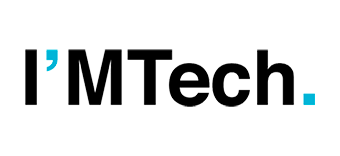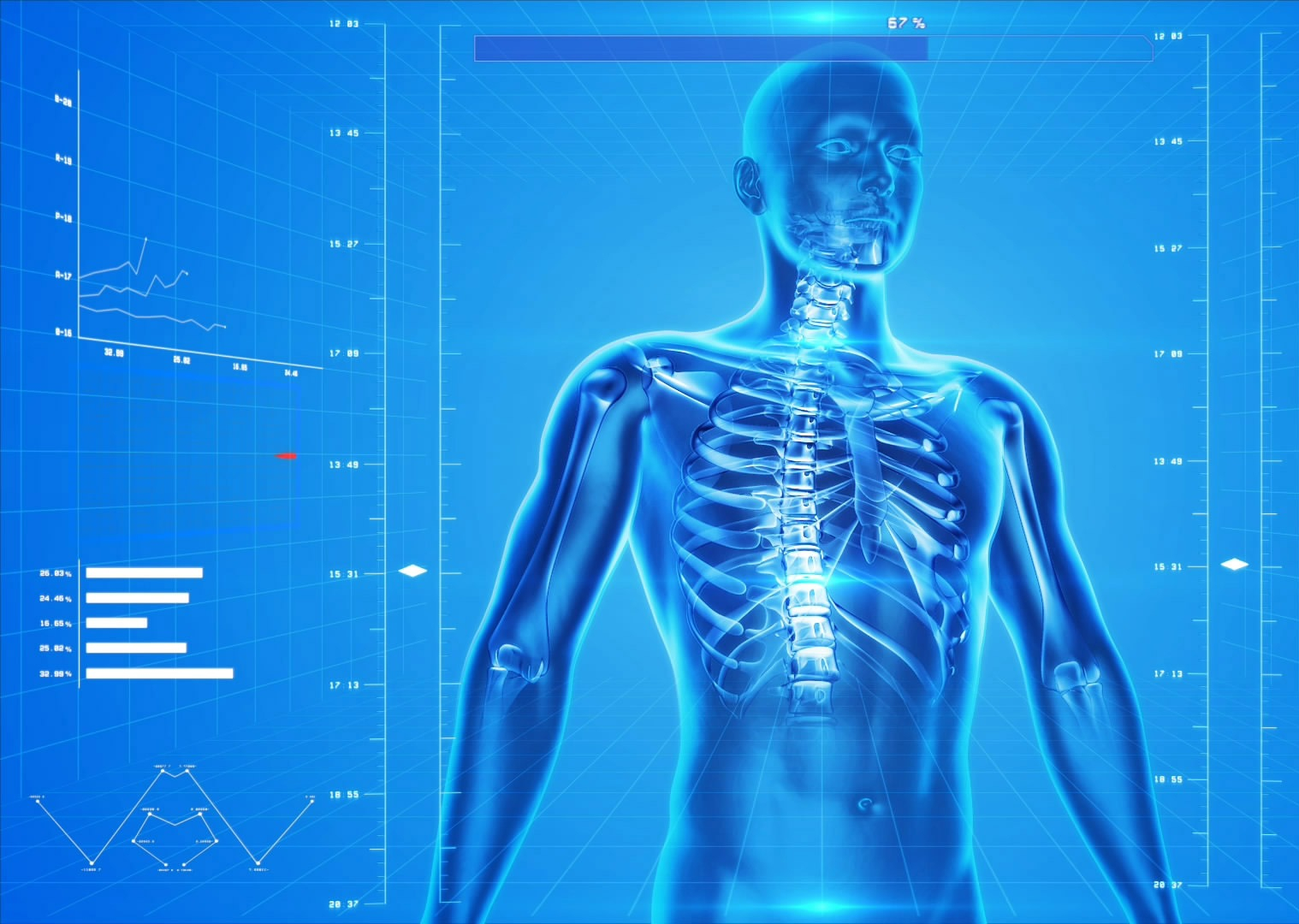
Digital twins in the health sector: mirage or reality?
Digital, Health, In the NewsDigital twins, which are already well established in industry, are becoming increasingly present in the health sector. There is a wide range of potential applications for both diagnosis and treatment, but the technology is mostly still in the…
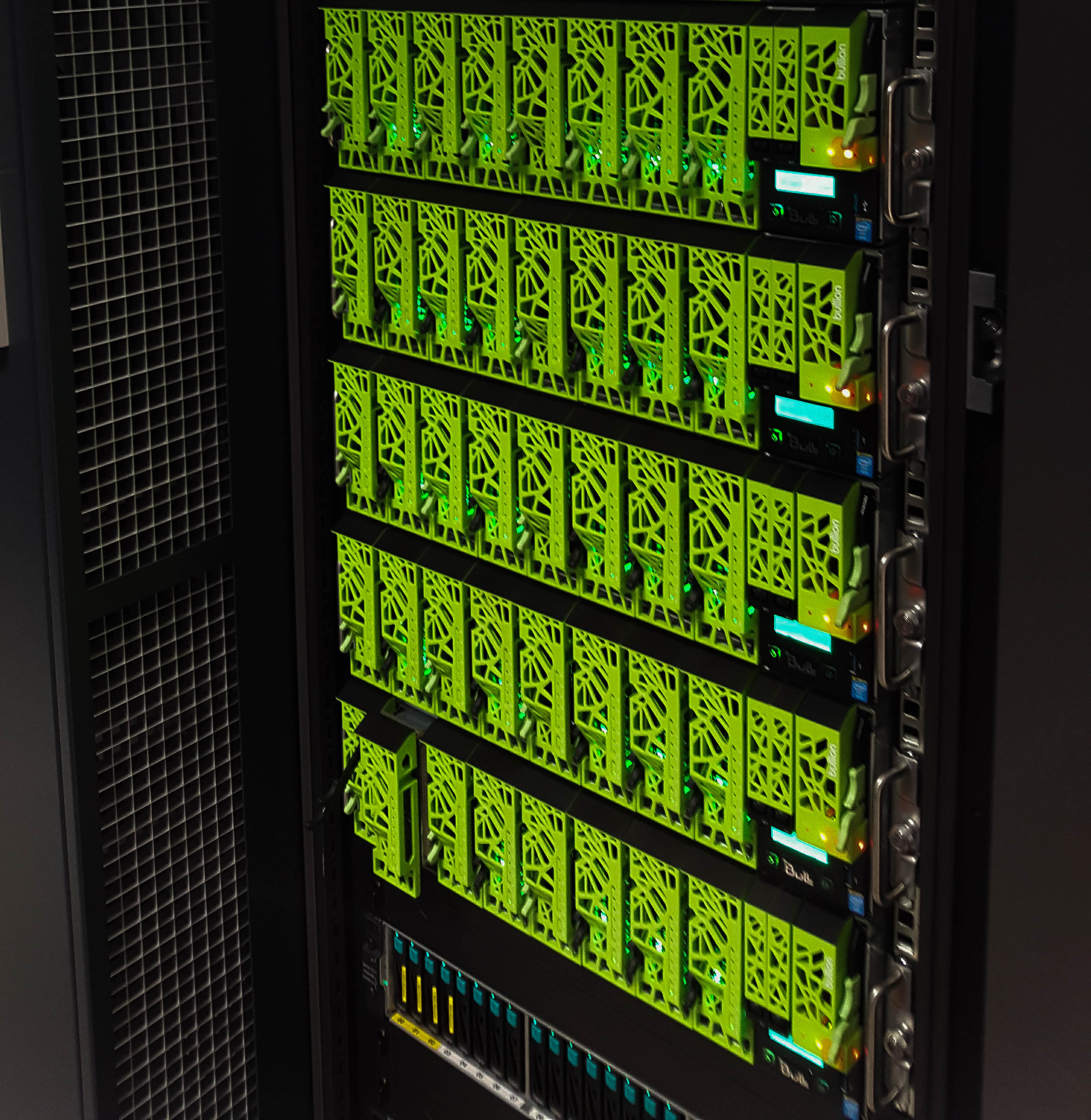
TeraLab: data specialists serving companies
Carnot EN, Digital, In the NewsTeraLab is a Big Data and artificial intelligence platform that grants companies access to a whole ecosystem of specialists in these fields. The aim is to remove the scientific and technological barriers facing organizations that want to make…
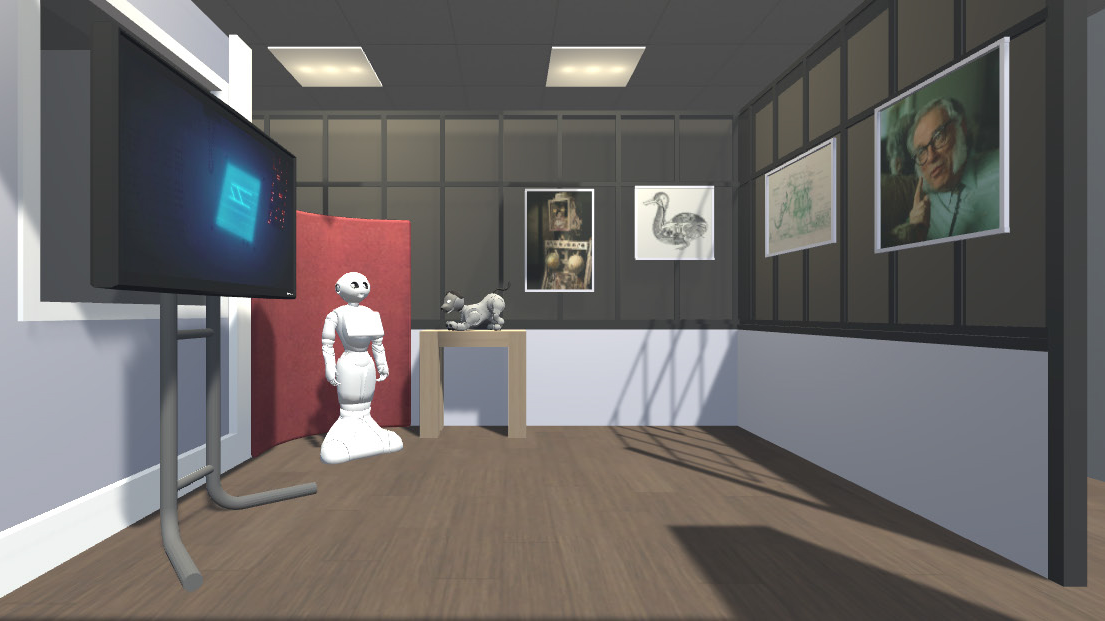
User immersion, between 360° video and virtual reality
Carnot EN, Digital, In the NewsI’MTech is dedicating a series of success stories to research partnerships supported by the Télécom & Société Numérique (TSN) Carnot Institute, which the IMT schools are a part of.
[divider style="normal" top="20" bottom="20"]
To…
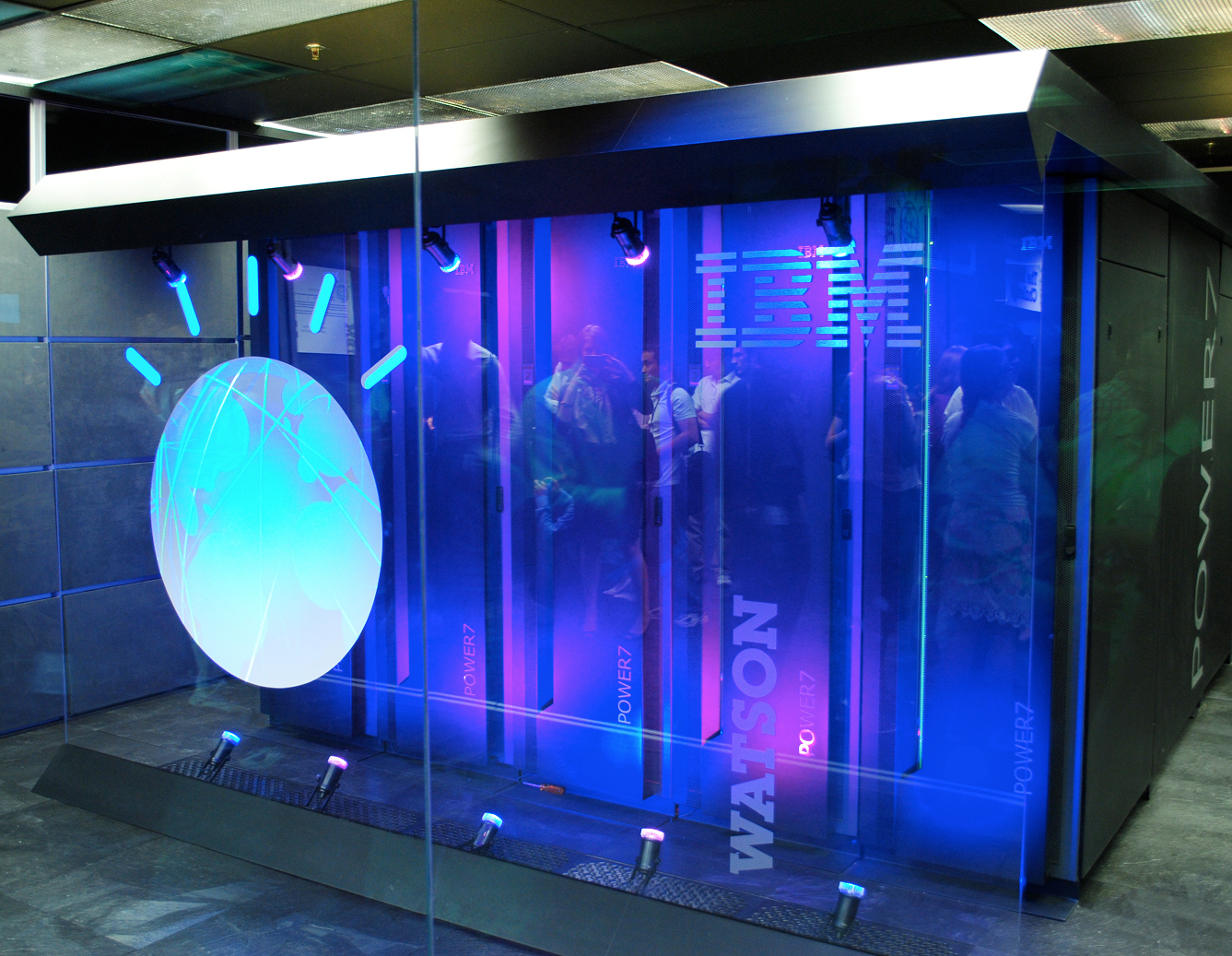
Ethical algorithms in health: a technological and societal challenge
Digital, Health, In the News, SocietyThe possibilities offered by algorithms and artificial intelligence in the healthcare field raise many questions. What risks do they pose? How can we ensure that they have a positive impact on the patient as an individual? What safeguards can…
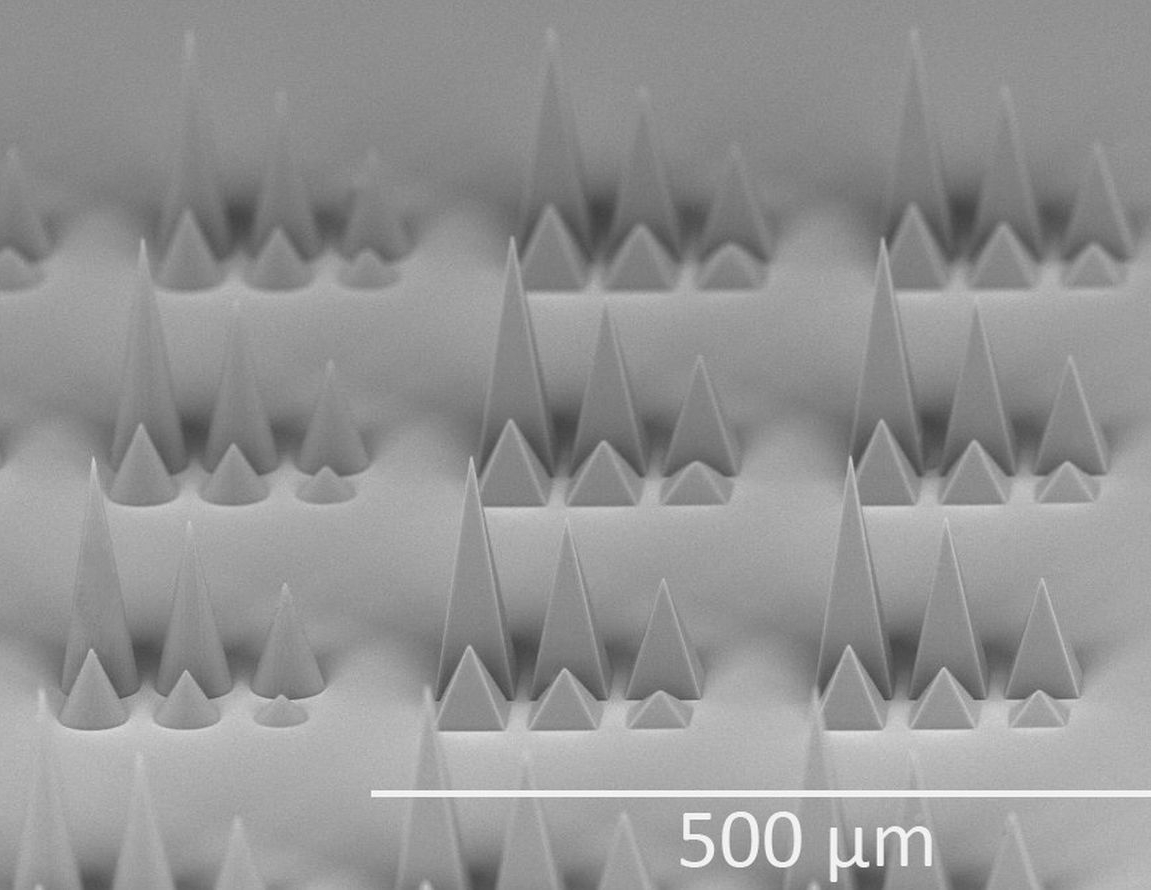
Nano 3D Printers for Industry
Digital, Europe EN, In the News, MaterialsThe 3-year H2020 project PHENOmenon, launched in January 2018, is developing nano 3D printers capable of producing micro and nano-structures (particularly those with an optical function), while adhering to limited production times. Kevin Heggarty…

In IT professions, diversity is all about inclusion, not exclusion
In the News, SocietyIdeas about diversity are often fallacious. Sociology has shown that women are seen as being responsible for their own inclusion in places where they are a minority. Chantal Morley is conducting research in this field at Institut Mines-Télécom…

Artificial Intelligence: TeraLab becomes a European “Digital Innovation Hub”
In the NewsTeraLab becomes one of the 30 Digital Innovation Hubs (DIH) selected by the European Union in artificial intelligence. This new recognition consolidates the place of the IMT’s TeraLab platform in the field of AI as well as its impact on business…
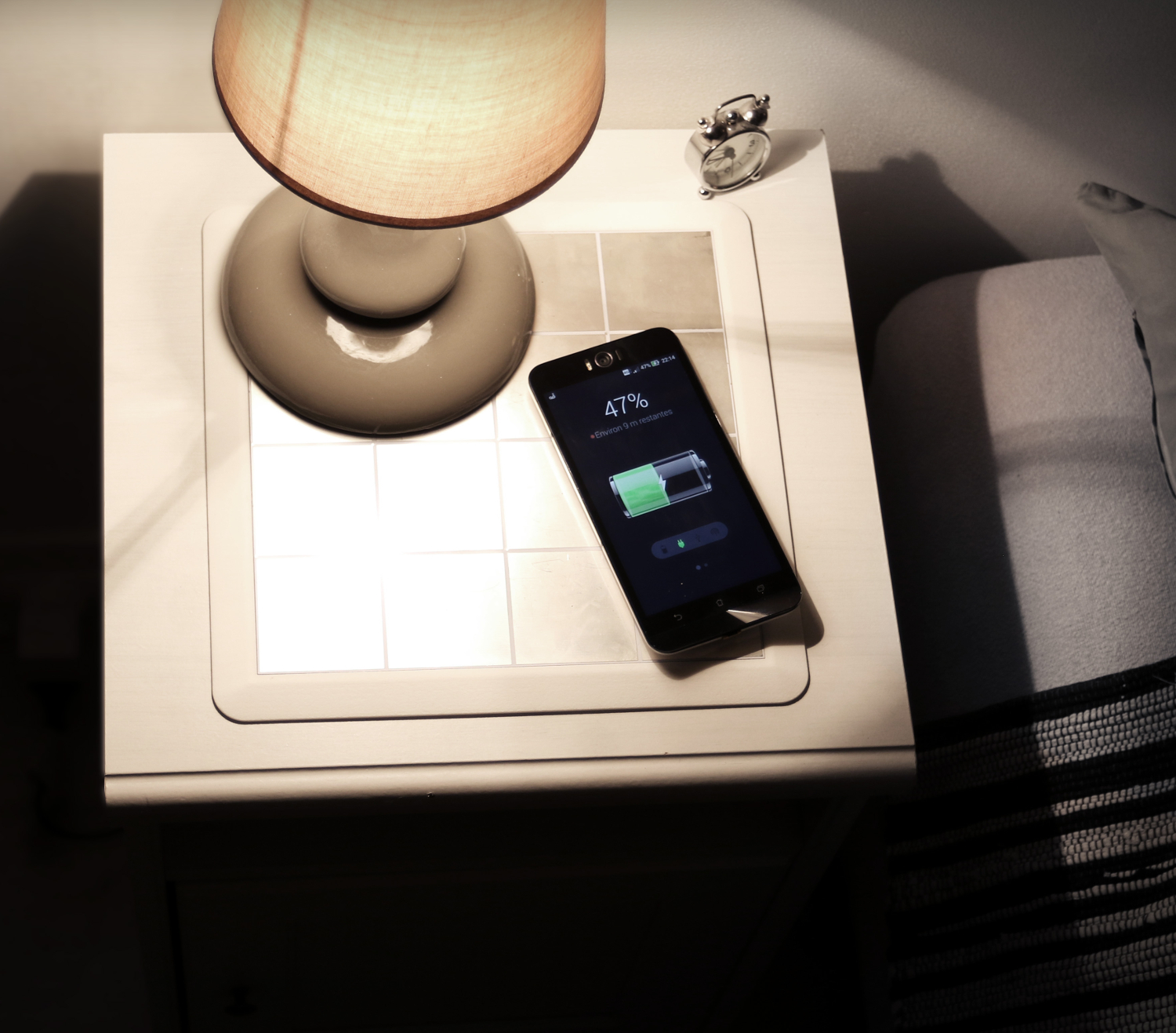
Energysquare: charging your telephone has never been so simple!
Digital, In the News, Start-up-enStart-up company Energysquare has created a wireless charging device for tablets and cellphones. Using a simple mechanism combining a sticker and a metal plate, devices can be charged by conduction. Energysquare, which is incubated at Télécom…
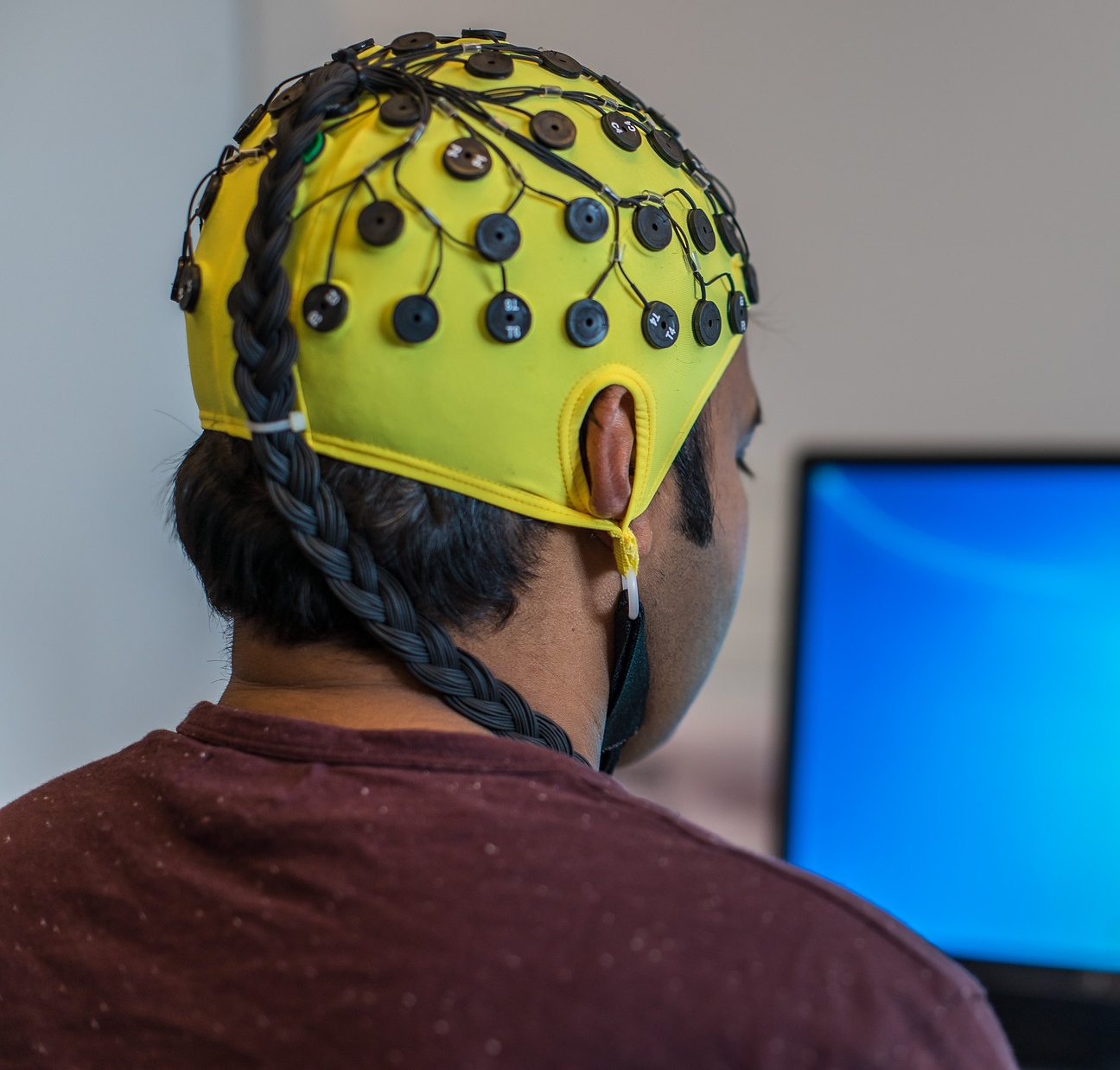
Technology that decrypts the way our brain works
Digital, Health, In the NewsDifferent techniques are used to study of the functioning of our brain, including electroencephalography, magnetoencephalography, functional MRI and spectroscopy. The signals are processed and interpreted to analyze the cognitive processes in…

The cherry trees of Fukushima
In the News, SocietyWritten by Franck Guarnieri, Aurélien Portelli, et Sébastien Travadel, Mines ParisTech.
The original version has been published on The Conversation.
[divider style="normal" top="20" bottom="20"]
[dropcap]I[/dropcap]t’s 2019 and…
